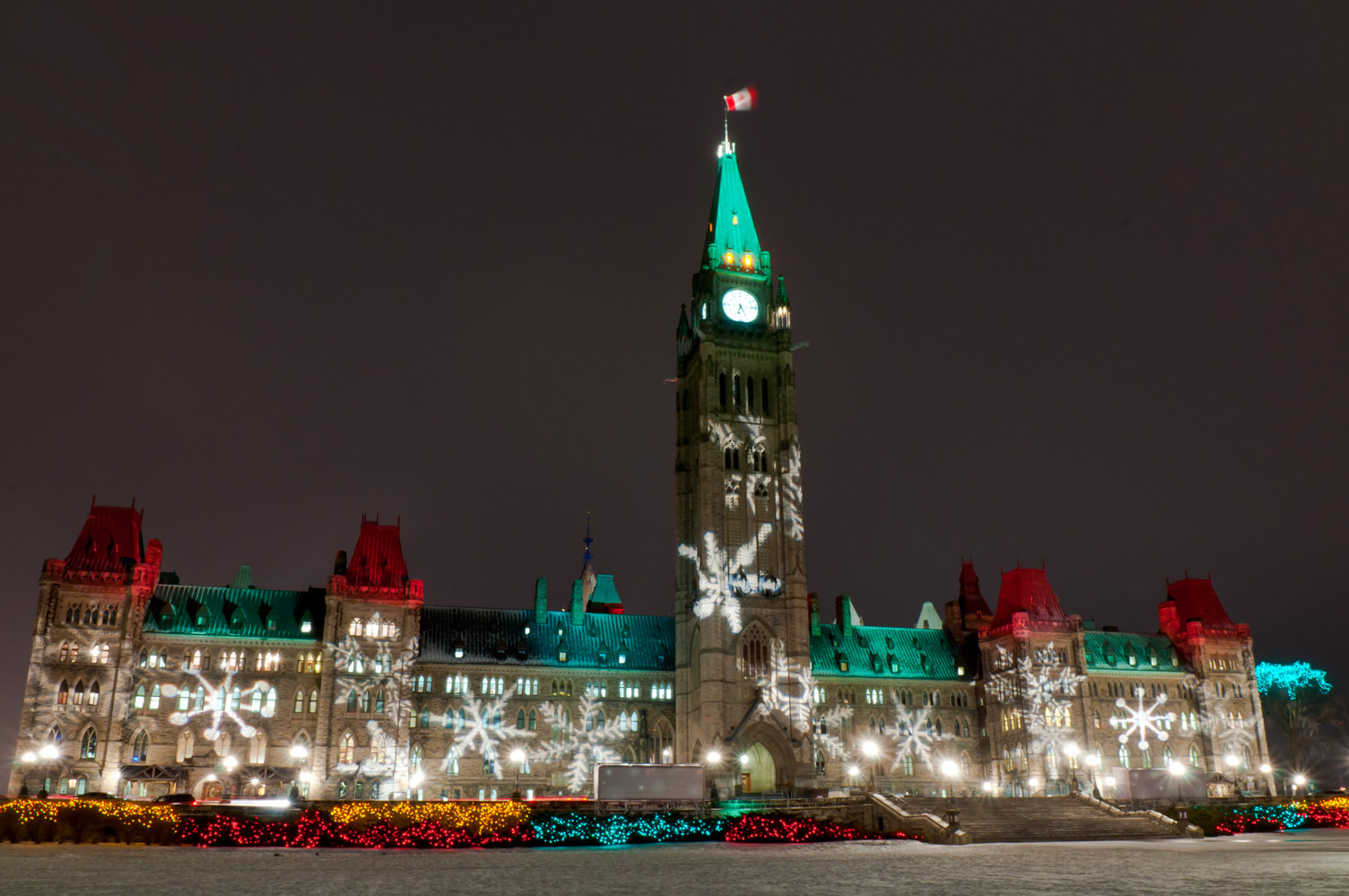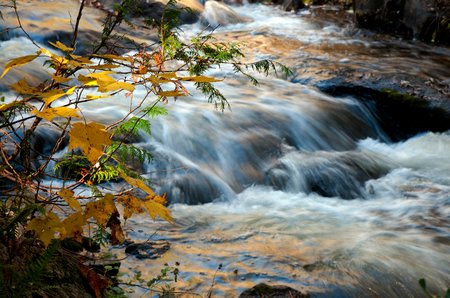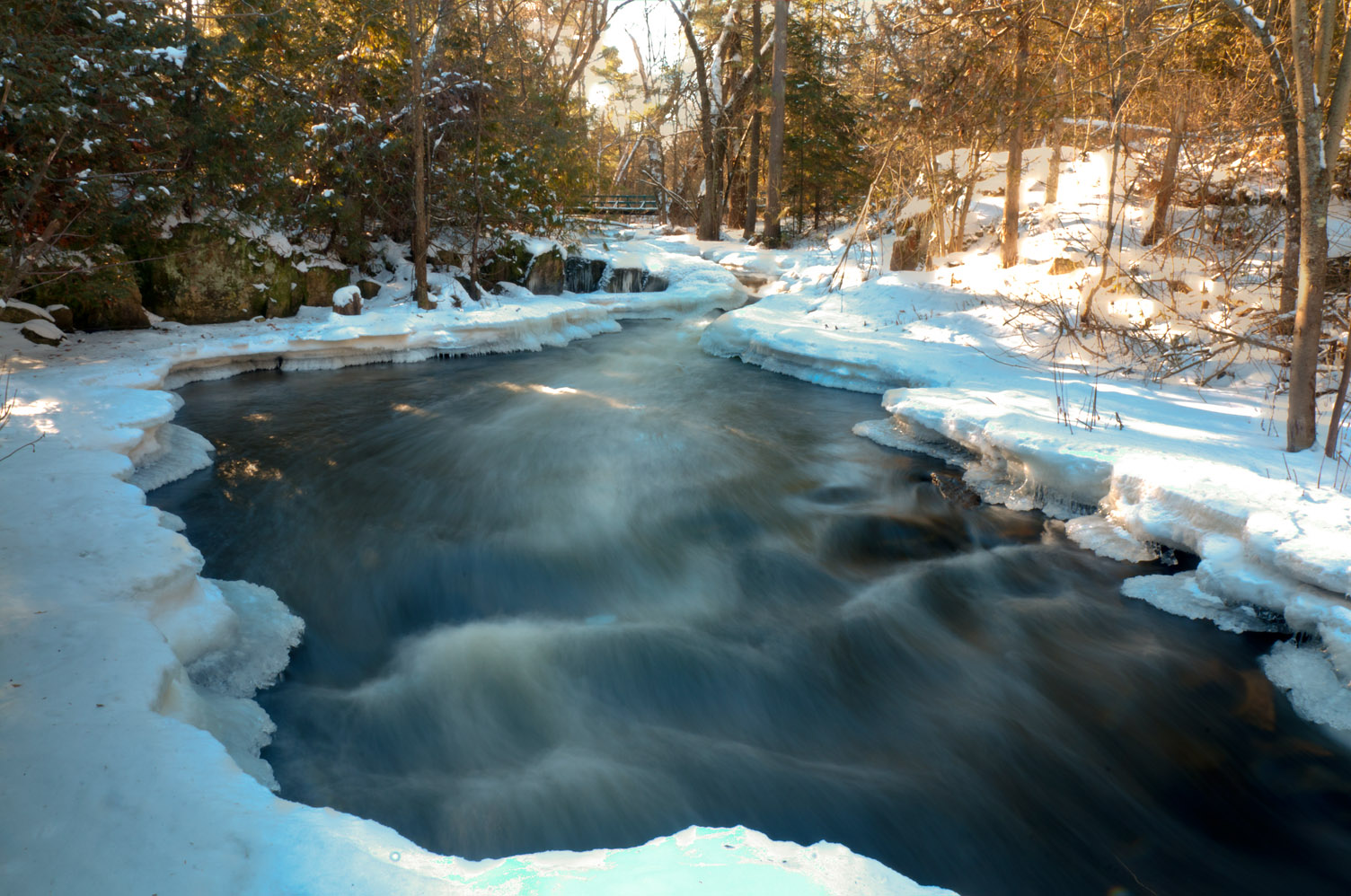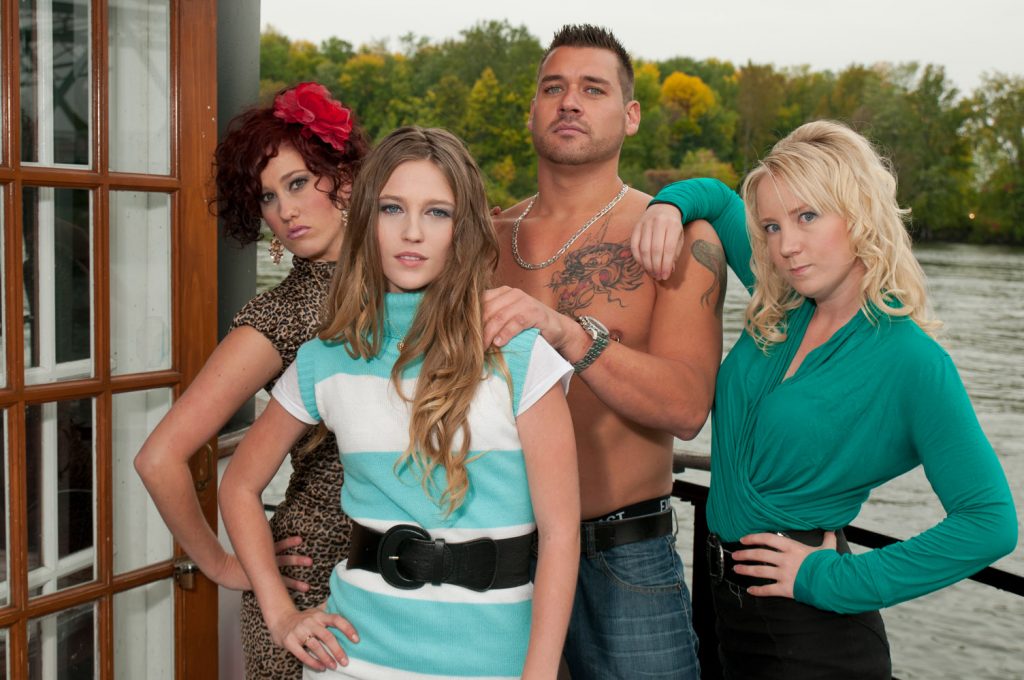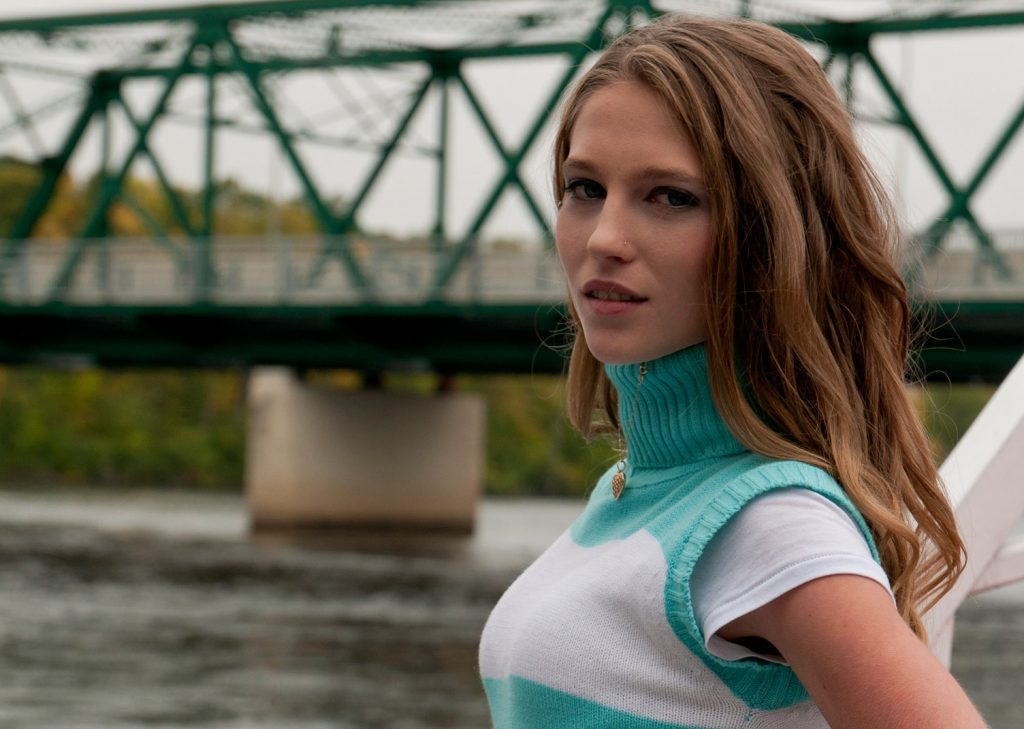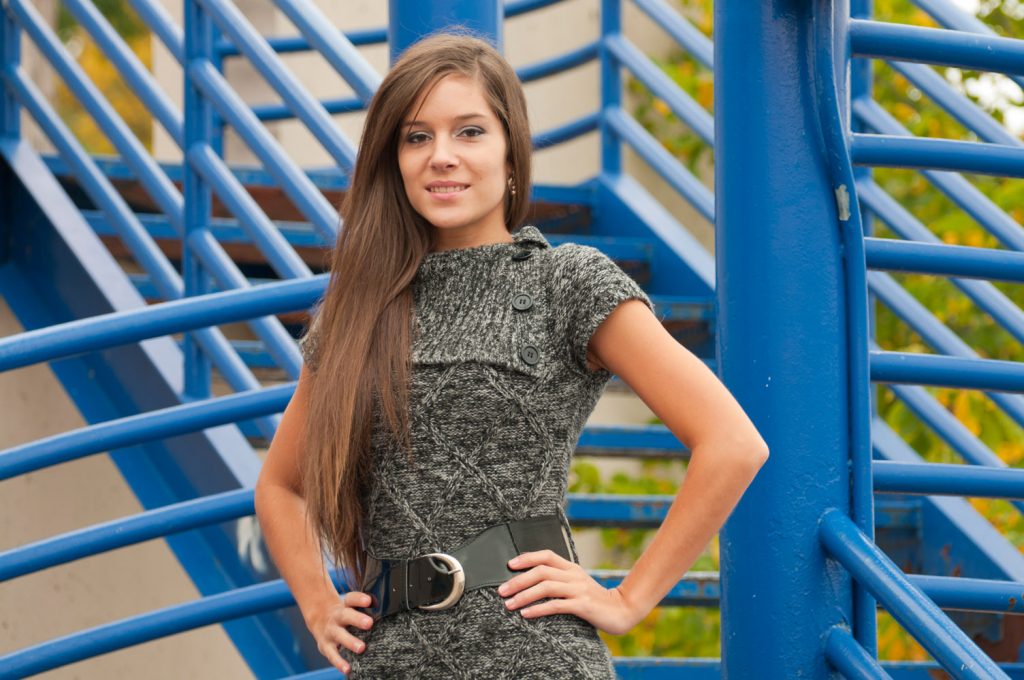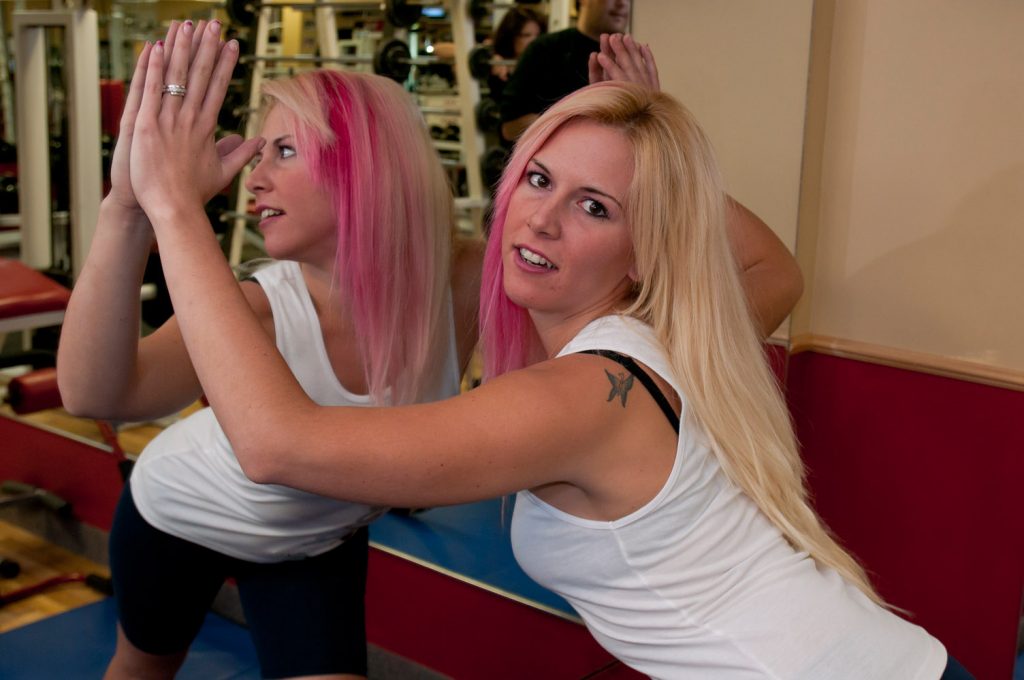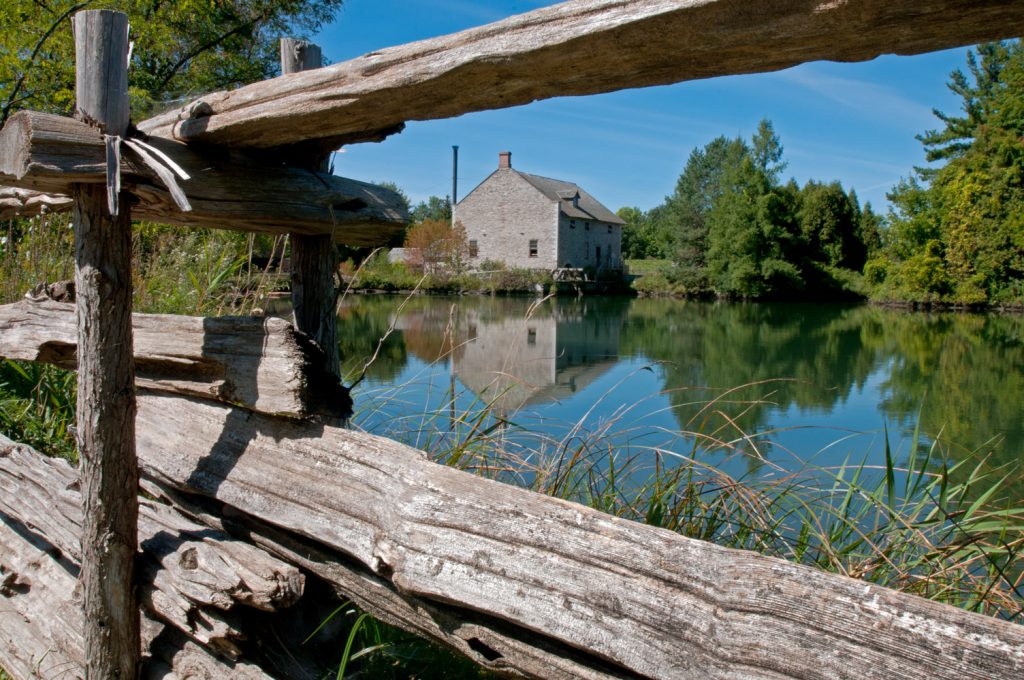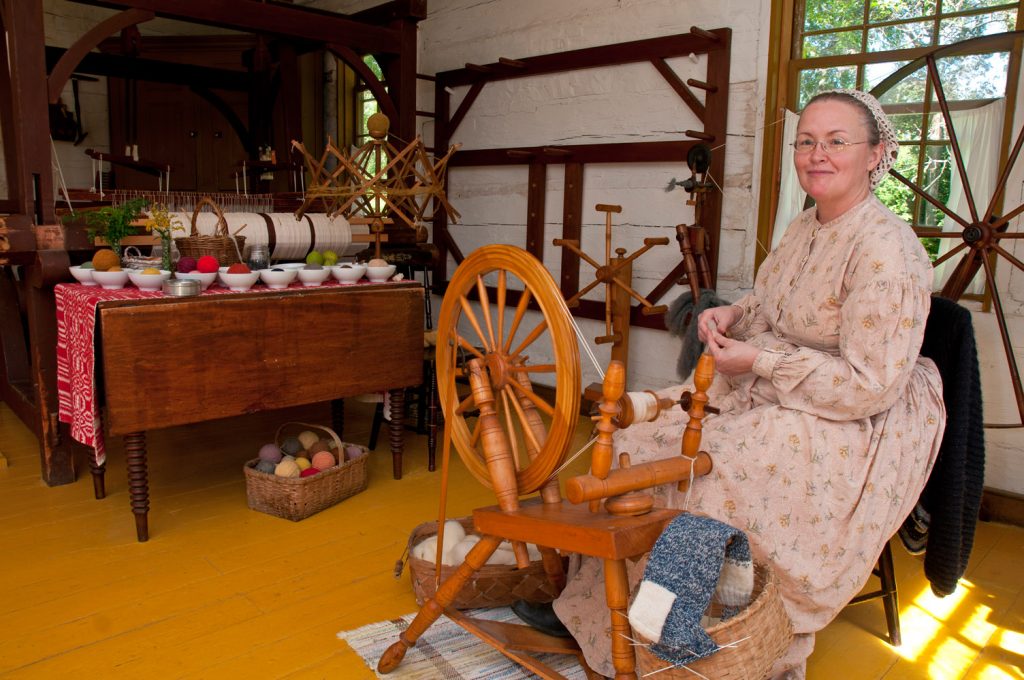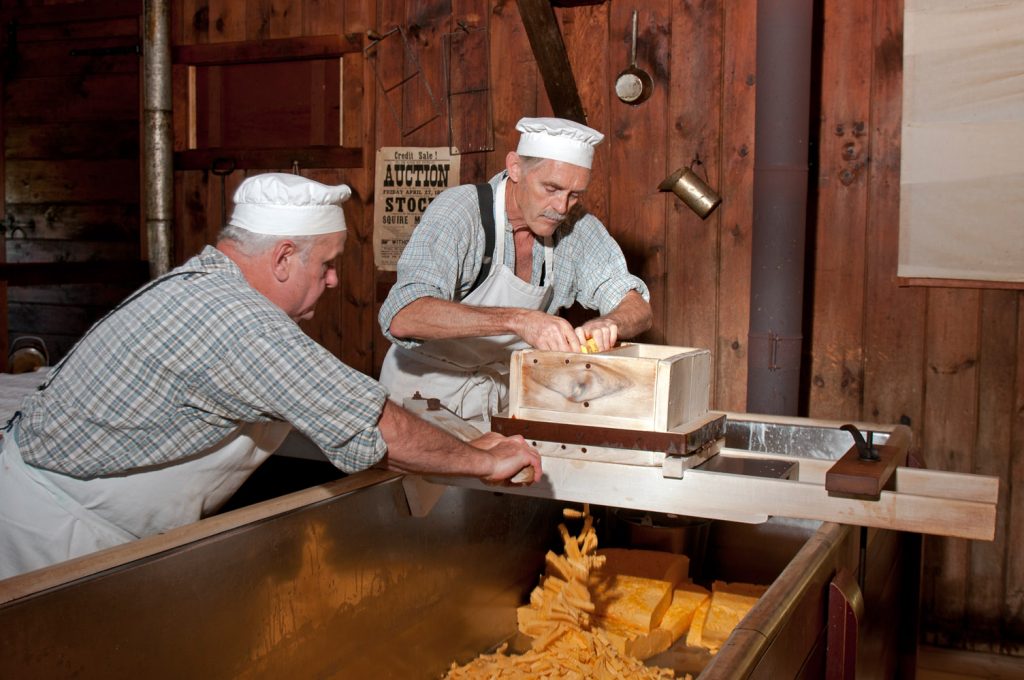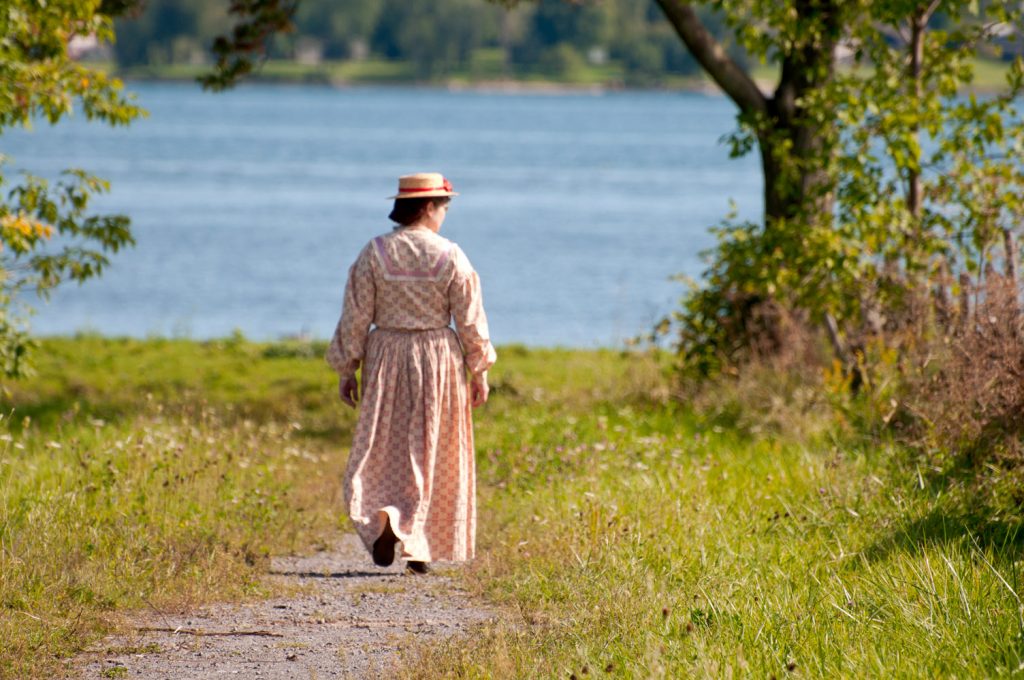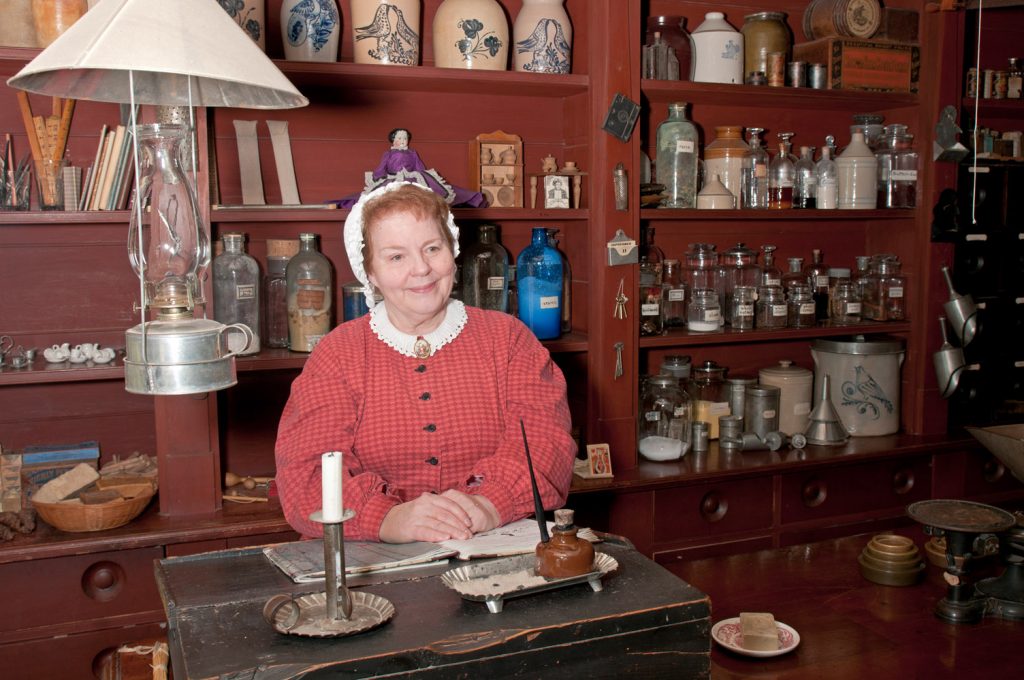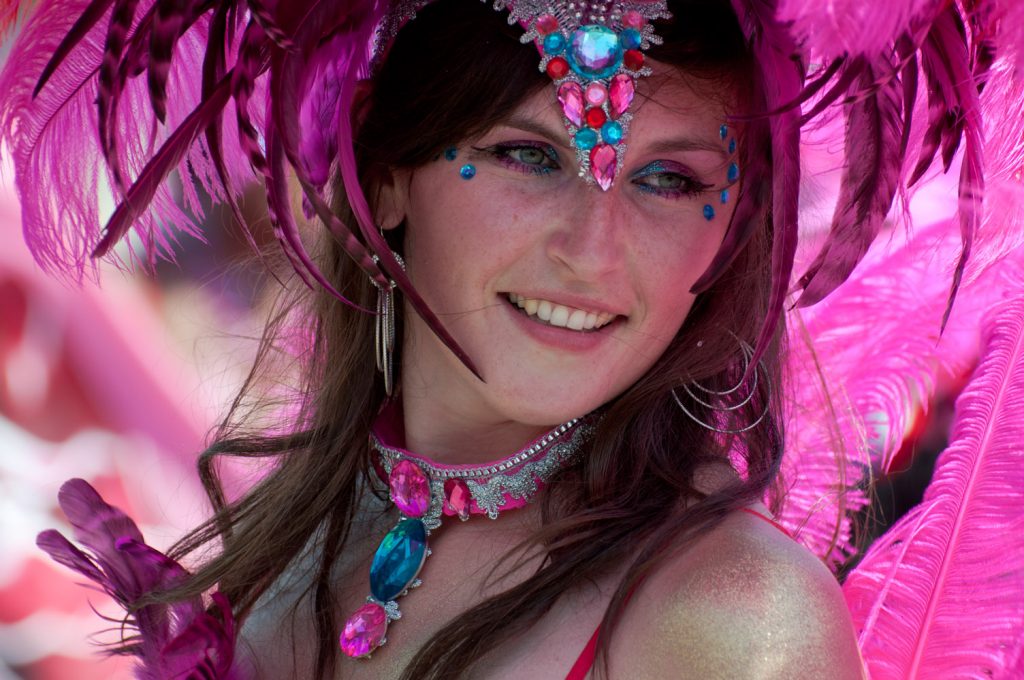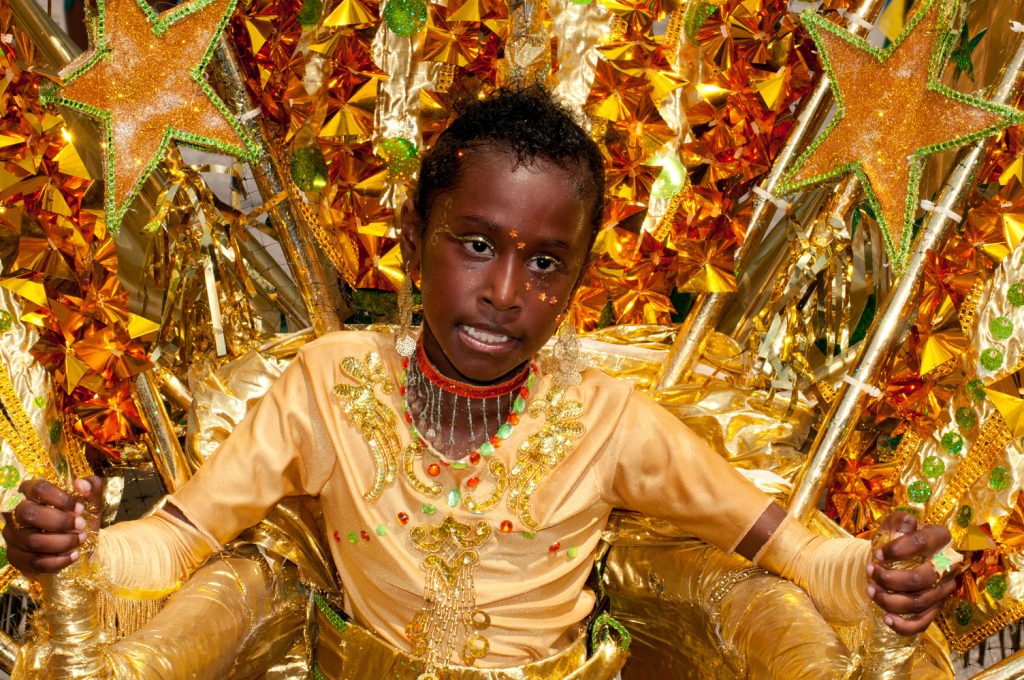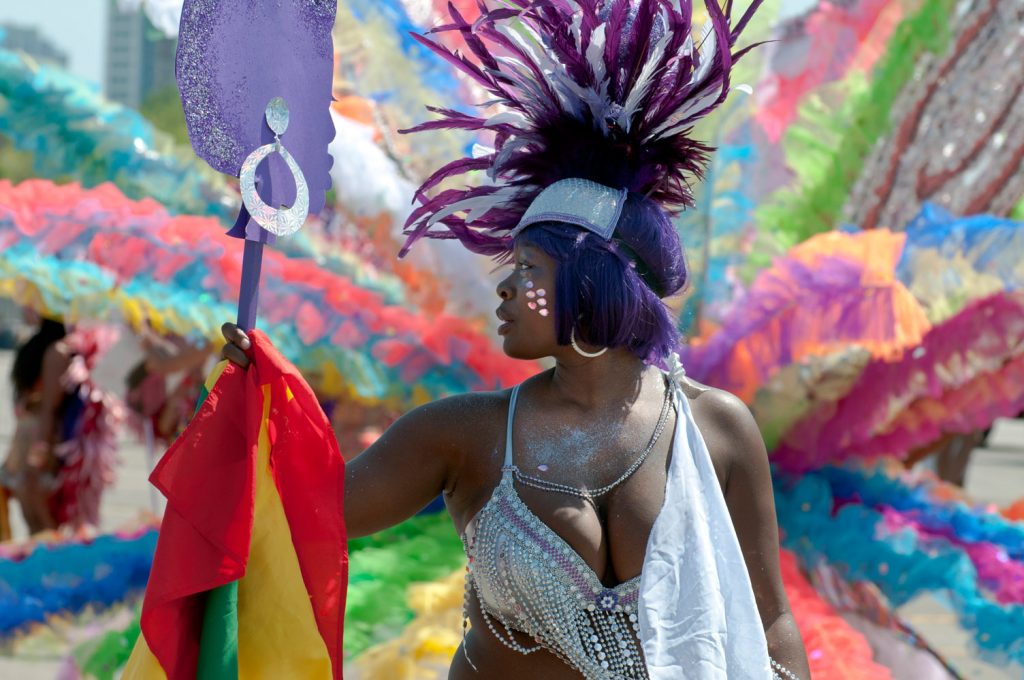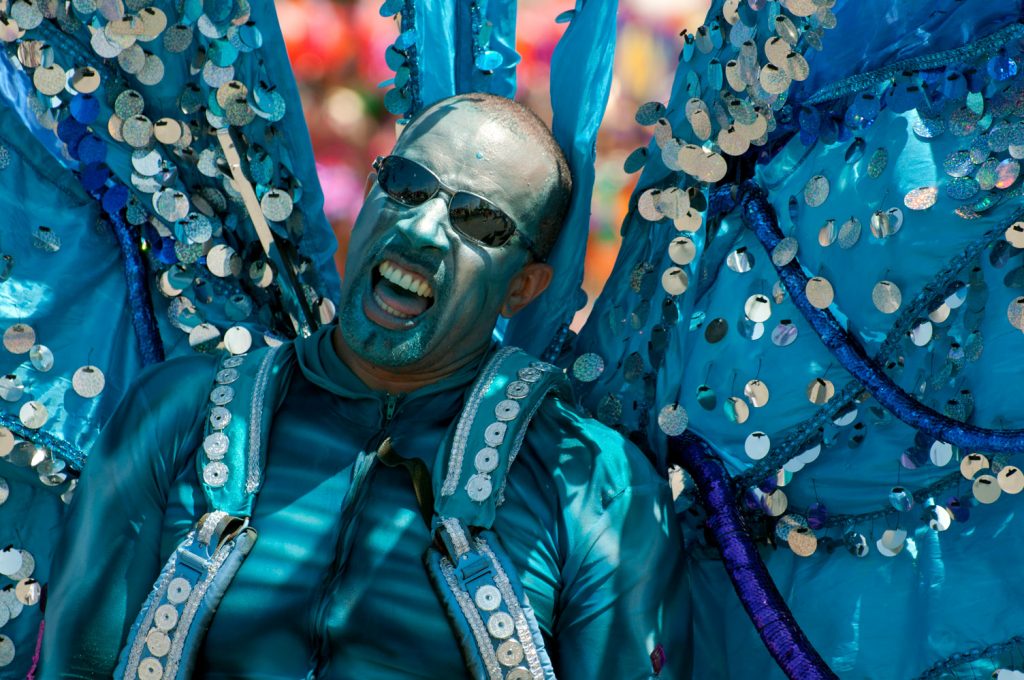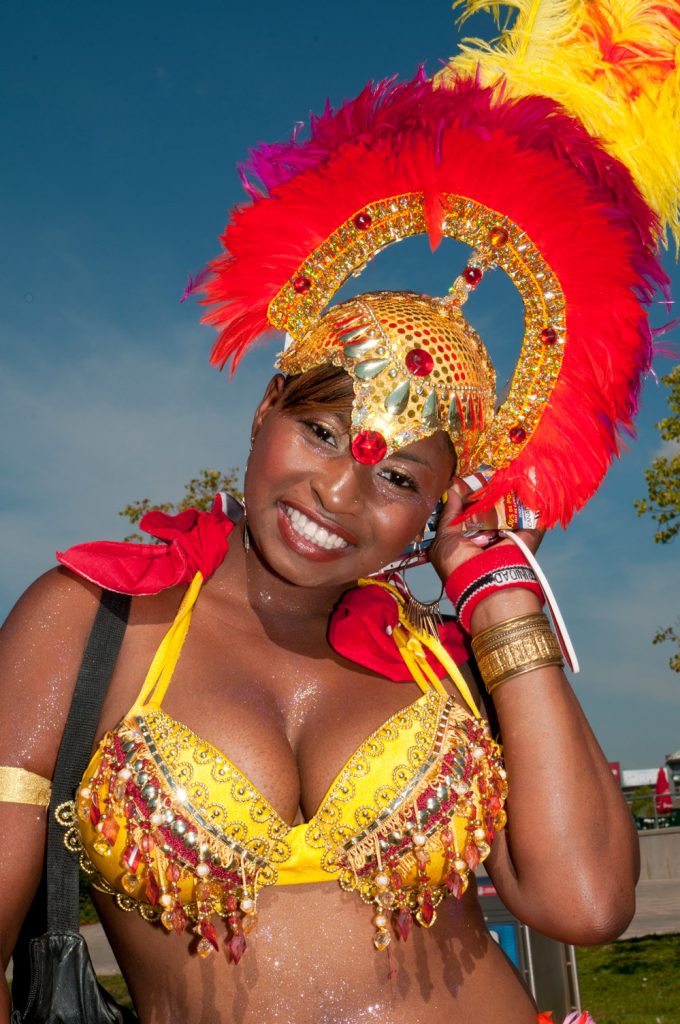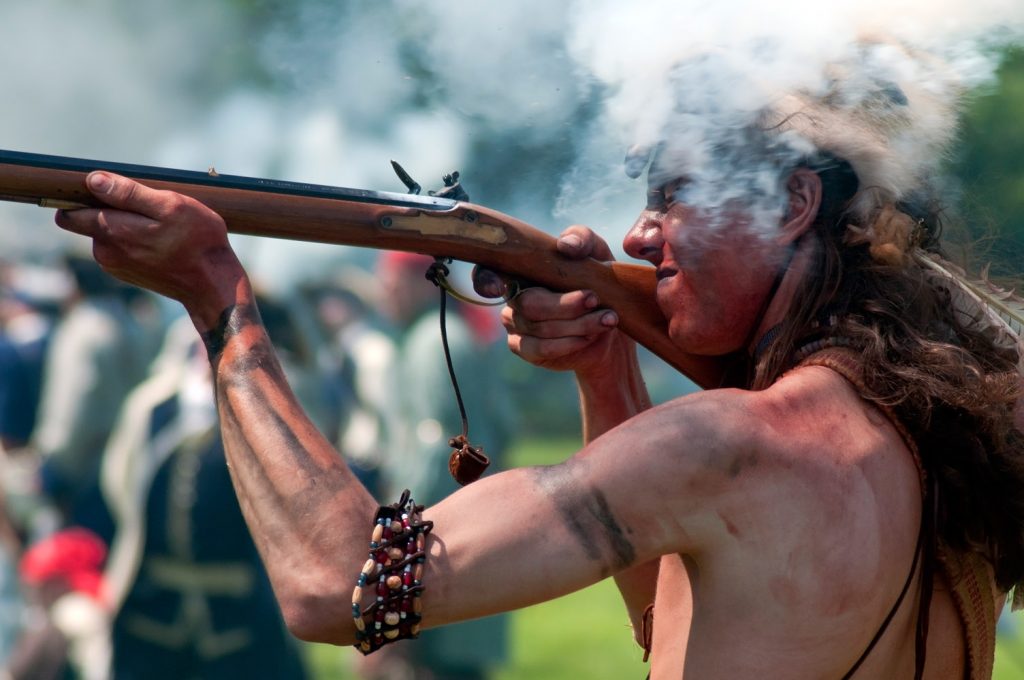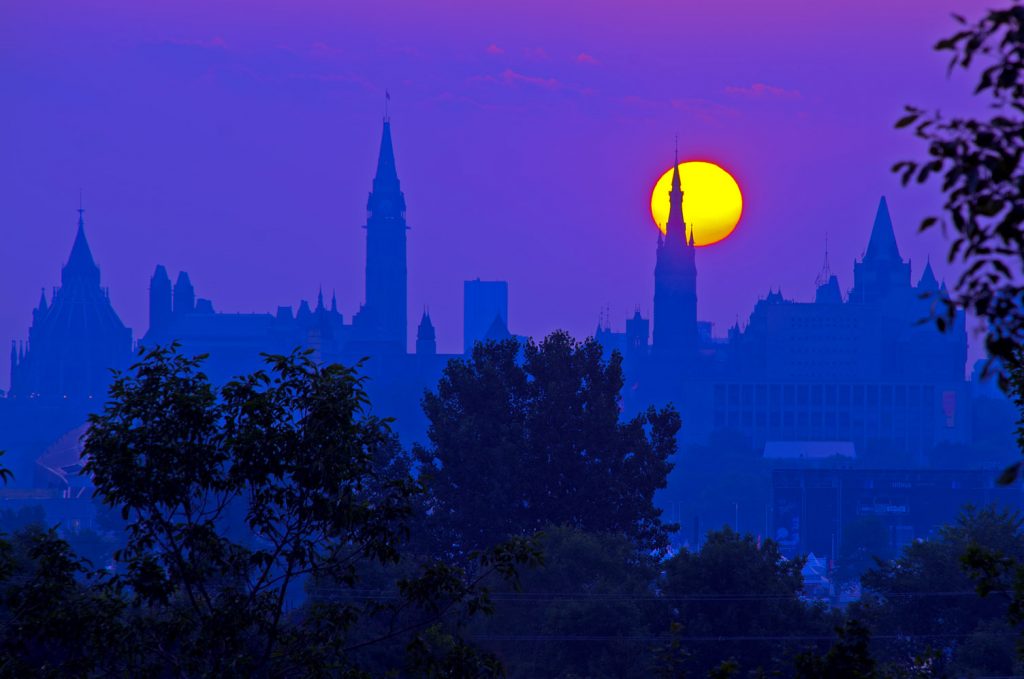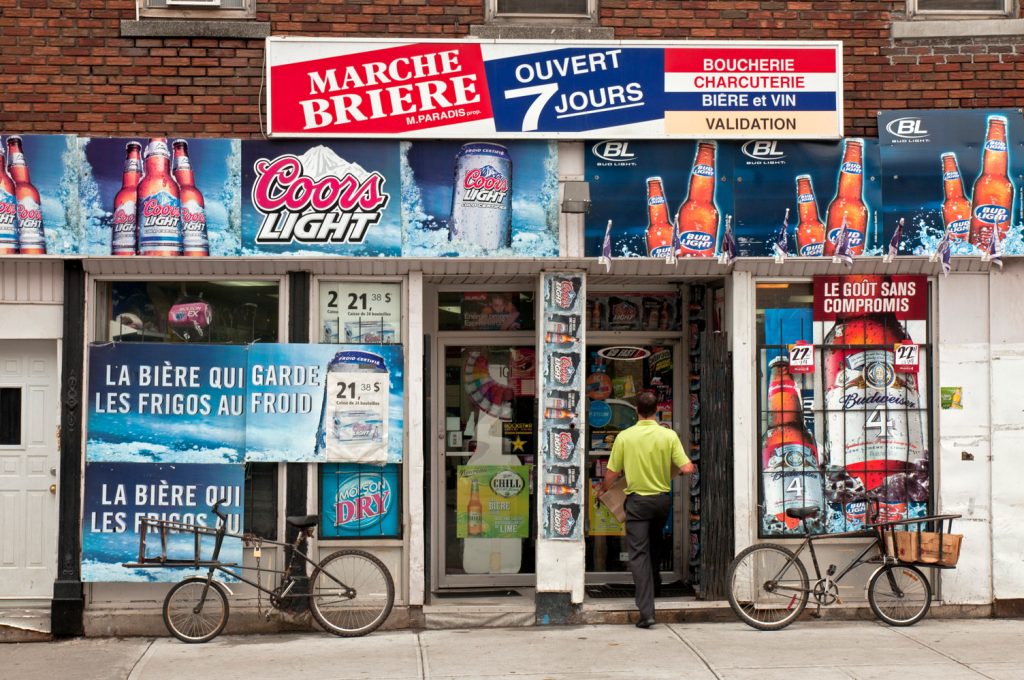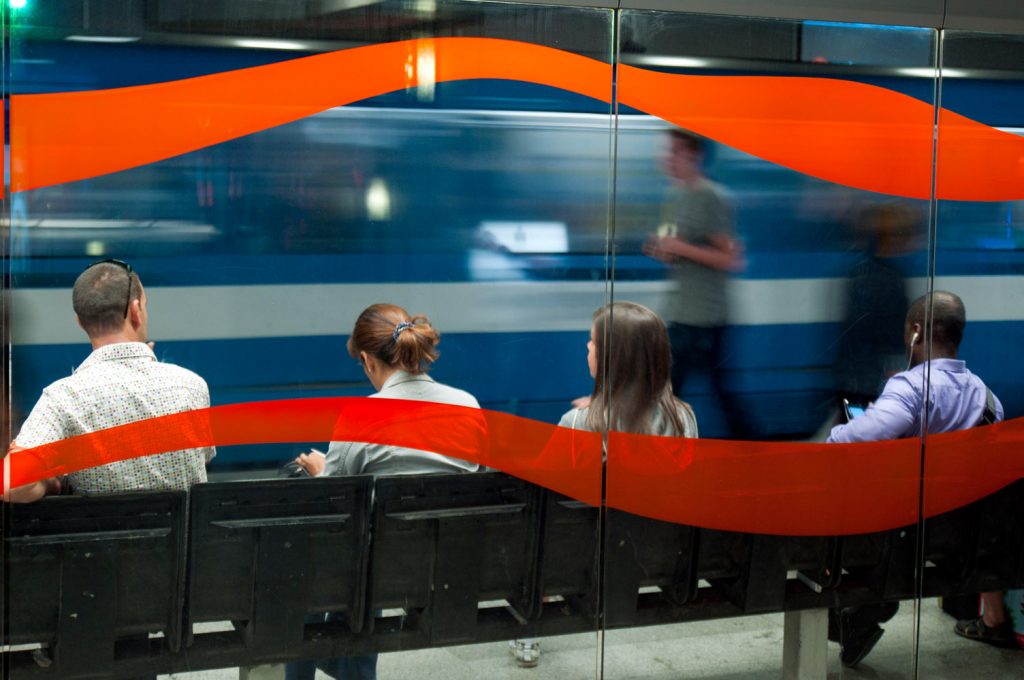One mistake that beginner photographers often make is posing people in bright sun with the sun directly overhead or behind the photographer.
While this can result in interesting light when the sun is very low in the sky at the beginning or end of the day, most of the time it just results in harsh shadows and washed out highlights. And subjects often squint in the bright sun, making them less attactive.
A better solution, where possible, is to photograph subjects in open shade. This can be against a north-facing side of a building, or under a picnic shelter or anywhere else that’s not in the direct sunlight, but where reflected sunlight can enter from all directions to illuminate the scene. The shade of trees can be used, but often there’s a dappled light coming through breaks in the leaves that can ruin the shot.
Some photographers use translucent white panels between the sun and the subject. This works really well, but usually involves an assistant to hold the panel, or some kind of set-up with light stands to suspend the panel. Great light, but a little impractical for a lone photographer looking for candid shots.
Often there’s simply no alternative but to shoot in direct sunlight. In such cases, it’s best to try to put the sun behind the subject (but not aiming right at the lens, where it will cause flare), and then to light the subject with a fill flash. The fill flash will even out the light a bit, softening it in effect. It fills in shadows, like those under a hat brim, or around someone’s eye sockets and nose. It also increases the light on the subject in cases where the sun is behind them, so they aren’t silhouetted, but you can still sometimes get nice rim light from the sun behind.
Fill flash is one of the few times when the on-camera pop-up flash works reasonably well. That’s because it’s just fill — it’s not the main source of light. If you use a hot shoe flash, you can often leave the flash on the camera, with or without a diffuser. Sometimes you’ll want to reduce the flash output a little so the effect of the flash is less noticeable.
Below are a few shots where I used fill flash to advantage:
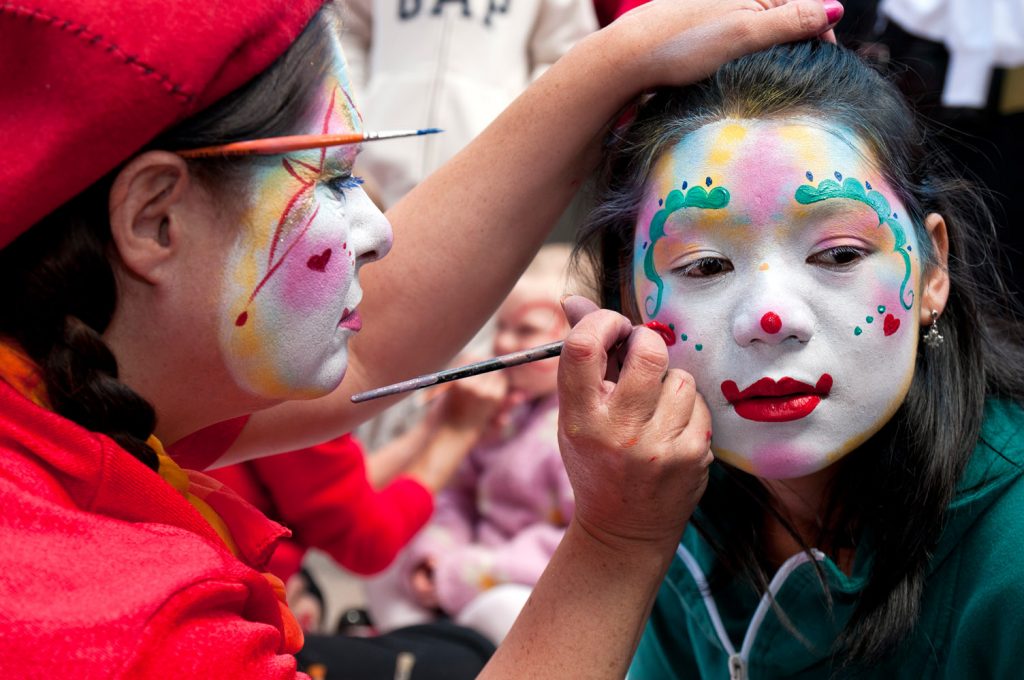
July 1 Canada Day in Ottawa is often very sunny, and this is especially the case shortly before noon. It’s a good time to take pictures of people celebrating, but harsh sunlight often makes people’s faces very contrasty with light and shadows.
In this picture of a girl getting her face painted, the sunlight was extreme, but was coming from behind the girl. Using a fill flash softened the light and shadows on her face, and almost gave the impression of shooting in open shade. In a few pictures in this series, my flash failed to fire, and the result looks very different with harsh shadows across her face. Using a fill flash in bright sunlight, it’s important to keep in mind the sync speed of the camera. On my Nikon D300, the sync speed is 1/250 of a second. Sometimes, especially when you want to soften your background, you need to use a higher speed than that. In such cases, it’s essential to make sure your camera is set to allow the flash to use Auto FP High Speed Sync, a setting that allows the flash to be used at faster shutter speeds.
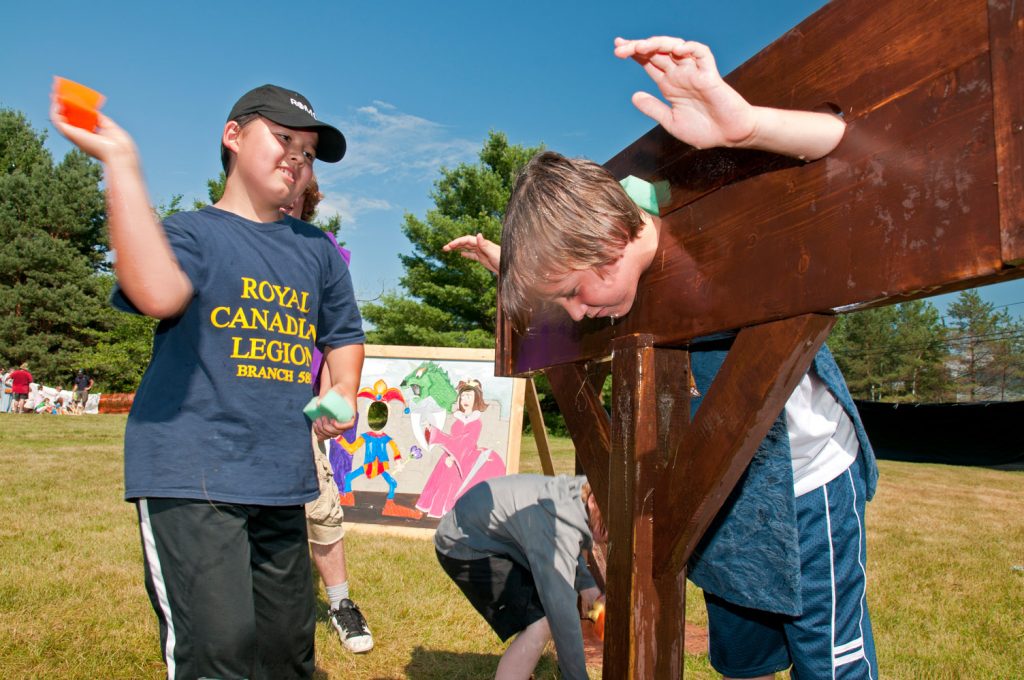
The photo above was taken this month at the Medieval Festival in Osgoode, Ontario, just south of Ottawa. Here I was right in blazing afternoon direct sunlight, and there was no choice for this shot. I got down low and shot upwards so as to get a bit of the “victim’s” face and better show the action. And I used a fill flash in my hot shoe with no diffusion, and cranked it up an extra EV (f-stop). While it got rid of some of the harsh shadows on the subject, it still wasn’t enough to eliminate the shadow under the rim of the hat of the boy throwing a wet sponge. It’s not easy to overpower the light of the bright sun with a single flash.
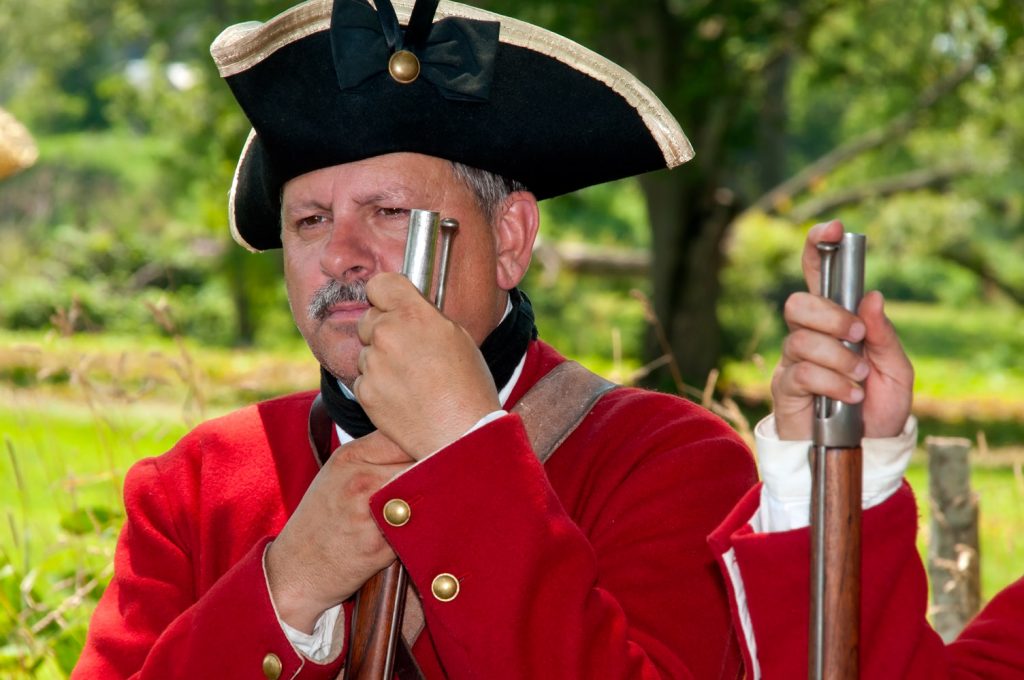
In this picture of a soldier waiting to do battle in a re-enactment of a battle from the Seven Years War at Ogdensburg, New York, I also used a fill flash. The effect here is very subtle, and it would be difficult to tell just from looking that a fill flash was used. You still see a sharp contrast on his shoulder (viewer’s left) between the sunlit and shaded areas. In this case, the background was much brighter, and all the fill flash did was add a little light to the subject to reduce the gap in exposure between subject and background. Still, it improves the photo.
The sun is a very powerful element in outdoor photography, but sometimes we need to use a little bit of “sun” from our camera bags to control the light a little better.
